The big picture.
The year 1948 marked the return of the Olympic Games following a 12 year hiatus during World War II. These were known as the “Austerity Olympics” mainly because no new venues – including no Olympic Village – were constructed for them.
[Poster from Wikimedia Commons BY National Archives UK.]
However, both the venues that would be used and the supporting infrastructure required considerable repair work. Even though the war had ended a year earlier, Britain still held more than 400,000 German prisoners of war in 1946. With much of Europe remaining in the grip of food rationing, the British employed many of these P O Ws as farm labor to assist in harvesting crops.
Since all of the Germans had still yet to be repatriated as London prepared to host the Games, the stadium authorities employed at least 44 of those remaining German P O Ws on building construction and on widening the road leading to the Wembley Empire Exhibition Grounds where most of the events took place. Somewhat ironically, occupied Germany wasn’t invited to participate in the Games.
The famous stadium hosted the opening and closing ceremonies and the competitions in athletics, equestrian (jumping), the football finals, and the field hockey finals.
[Photo from Wikimedia Commons BY National Science + Media Museum of the UK.]
The Empire Pool, the first covered pool used in an Olympic Games, hosted boxing, diving, swimming, and water polo. (The pool itself was longer than 50 meters so to make it compliant with the regulation length, the organizers constructed a wooden barrier placed at the 50 meter mark with a platform above for officials and judges.) If you wanted to see fencing you went to the Palace of Engineering elsewhere on the grounds.
Despite the austerity, these Games were the largest Olympics to date with 59 countries and 4,104 athletes (3,714 men and 390 women) competing. In addition to Germany, the occupied countries of Japan and Bulgaria were also not invited to compete. The Soviet Union, which was invited, declined the invitation.
Although the Soviet Union didn’t participate, this was the first Olympics with a political defection when Marie Provazníková, the President of the Czechoslovakian Gymnastics Federation, and coach of the gold medal winning team, refused to return to her home country due to the February Coup by the Soviet backed Communist Party. She cited a lack of freedom.
This was the second Olympics for basketball but the first time they held the competition indoors. Lacrosse returned but only as an exhibition sport with only an English team competing against a team of Americans from Rensselaer Polytechnic Institute.
The London Games were the last Olympics with art competitions. These competitions were in architecture, literature, music, painting, and sculpture that had sports related themes.
For the first time the host country televised the Olympics. The BBC provided 60 hours of coverage for which the corporation paid the princely sum of £1,000 (equivalent to about £38,000 or $51,000 in 2022). Technically available only in the London area, under the right weather conditions, the signal traveled much farther and at least one viewer in the Channel Islands saw some parts of the Games.
Let the Games begin.
American Bob Mathias won the decathlon at age 17 and became the youngest ever track and field Olympic gold medalist.
[Photo from Flickr BY Mick Baker {rooster}.]
(Although West German Ulrike Meyfarth surpassed his record by winning the women’s high jump in Munich at age 16 in 1972, as of this date, Mathias remains the youngest male to win an individual gold medal in athletics.)
Fanny Blankers-Koen became the first Dutch athlete to win Olympic gold. The 30 year old mother of two, known as the “Flying Housewife”, won not just one but four gold medals in the Games’ nine events in athletics for women. She claimed the title in the 100 meters, the 80 meter hurdles, the 200 meters (where her margin of .7 second remains the largest margin of victory in that race), and the 4 x 100 meter relay.
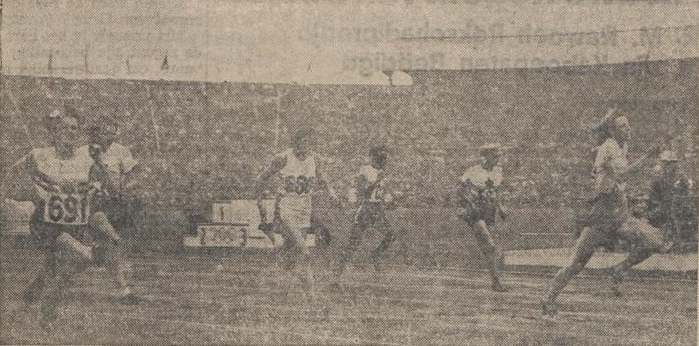
[Photo from Wikimedia Commons – Public Domain.]
Audrey Patterson finished third in the 200 meter race becoming the first African American woman to win an Olympic medal.
[Photo from Twitter BY andscape.]
The next day, her American teammate Alice Coachman, won the high jump clearing 1.68 meters. The triumph made Coachman the first African American woman to win an Olympic gold medal and the only American woman to win a gold medal in athletics at the 1948 London Games.
[Photo from Wikimedia Commons BY berria.eus CC-SA-4.0.]
And finally Takács Károly.
The Games of the XVII Olympiad in Rome ended on 12 September 1960. Six days later, Acqua Acetosa Stadium hosted the Opening Ceremony for the ninth International Stoke Mandeville Games. The event is generally considered as the first Paralympic Games. But a handful of disabled athletes had competed in and even won medals in previous Olympic Games. One of those medal winning athletes was Hungarian shooter Takács Károly. (Note, I’m using the native form of his personal name. A traditional western presentation would be Károly Takács.)
Born in Budapest in 1910, Károly enlisted in the Hungarian Army and became an expert shot. However, he couldn’t compete in the 1936 Berlin Olympics because he was a sergeant and Hungary permitted only commissioned officers to compete. The country lifted the prohibition after the 1936 Games but the Second World War intervened and canceled both the 1940 and 1944 Games.
Károly had yet another obstacle to overcome. In a 1938 training exercise, a hand grenade exploded and so badly injured his right hand that he could no longer shoot with it. Undeterred, Károly practiced in secret and trained himself to shoot with his left hand. He not only qualified for the Olympics but, with a world record score of 580,
[Image from Wikimedia Commons BY kingrulz64 by CC-SA-4.0.]
Takács Károly stepped to the top of the medal stand, had a gold medal draped around his neck, and watched the raising of the Hungarian flag accompanied by his homeland’s national anthem. It was a feat he’d repeat in 1952.
Next up the Games of 2012.
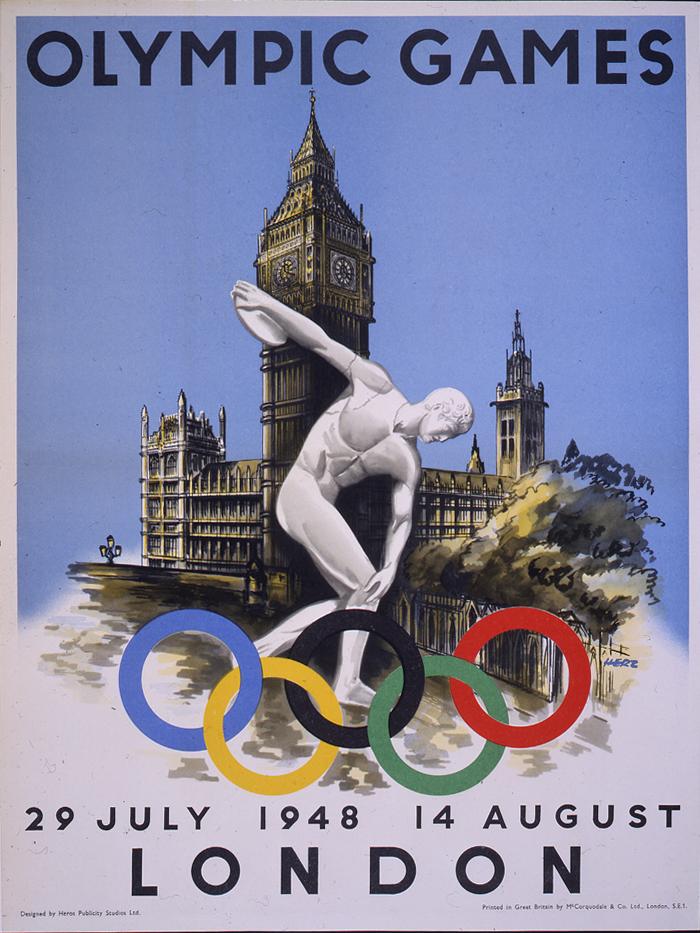
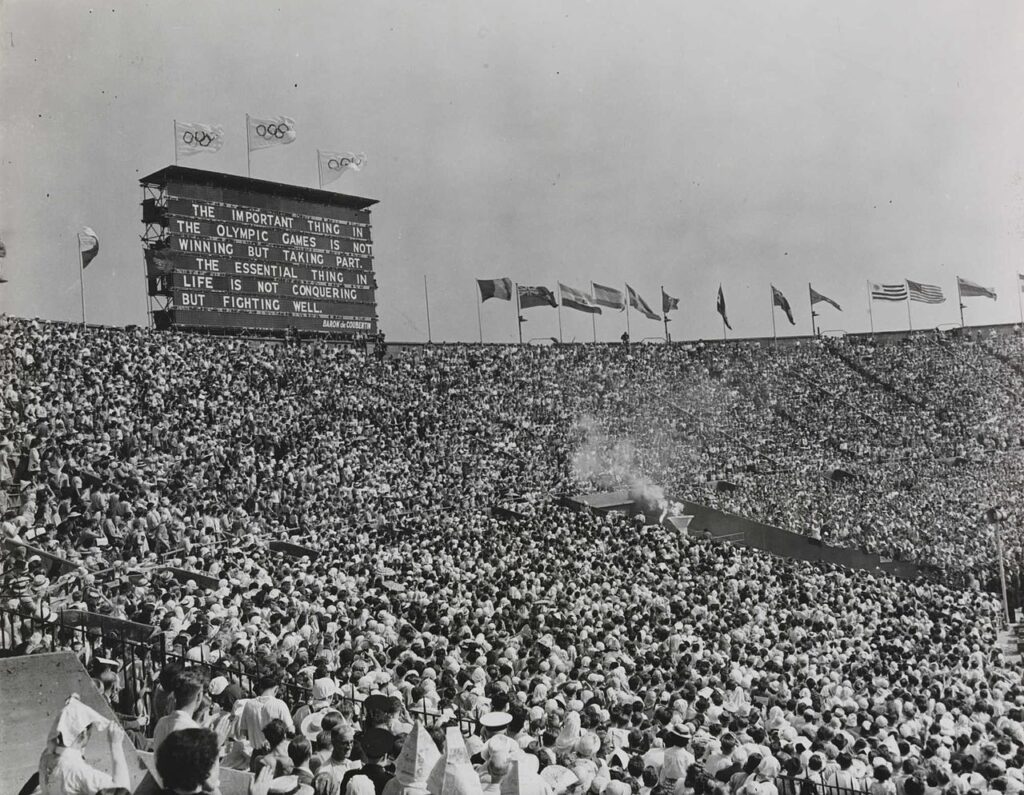
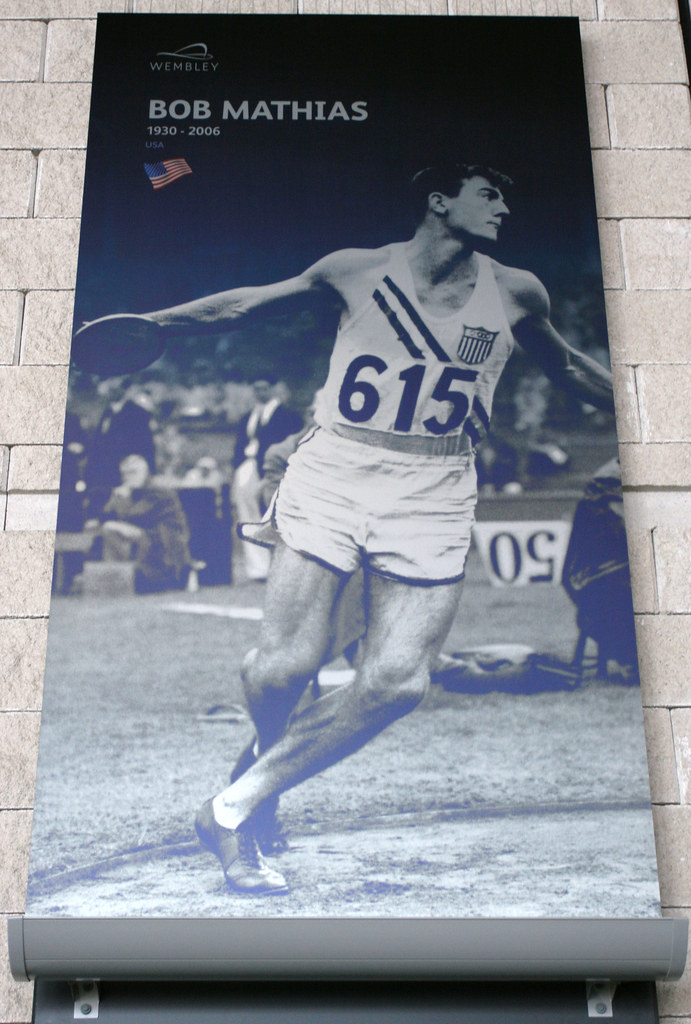
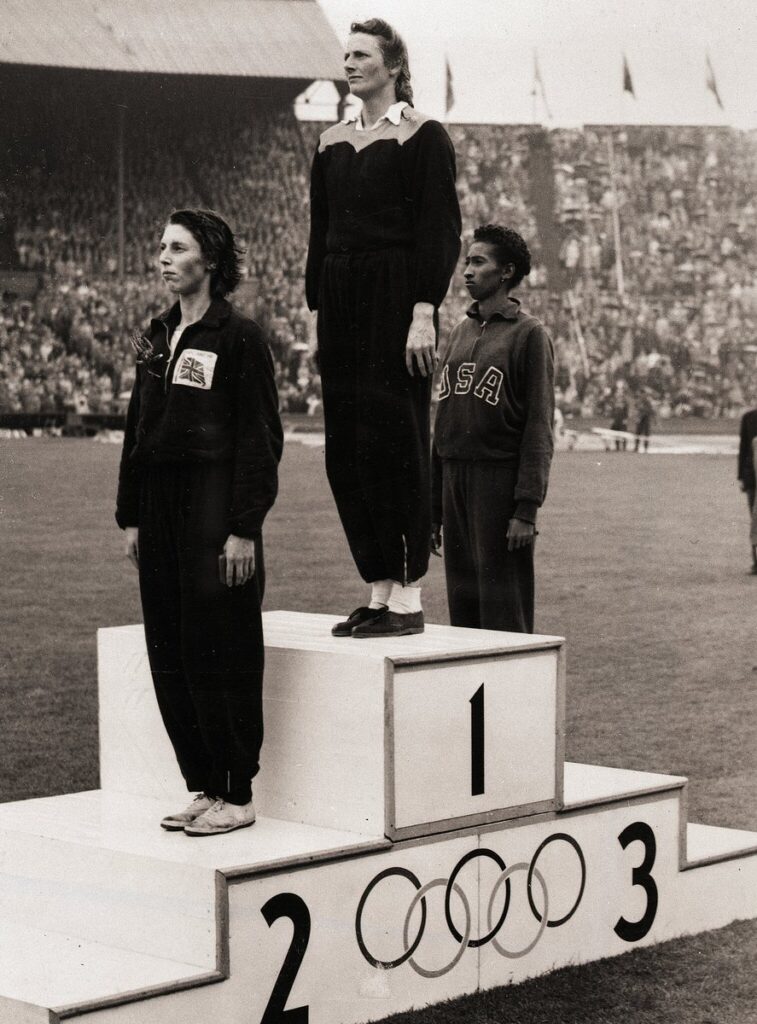
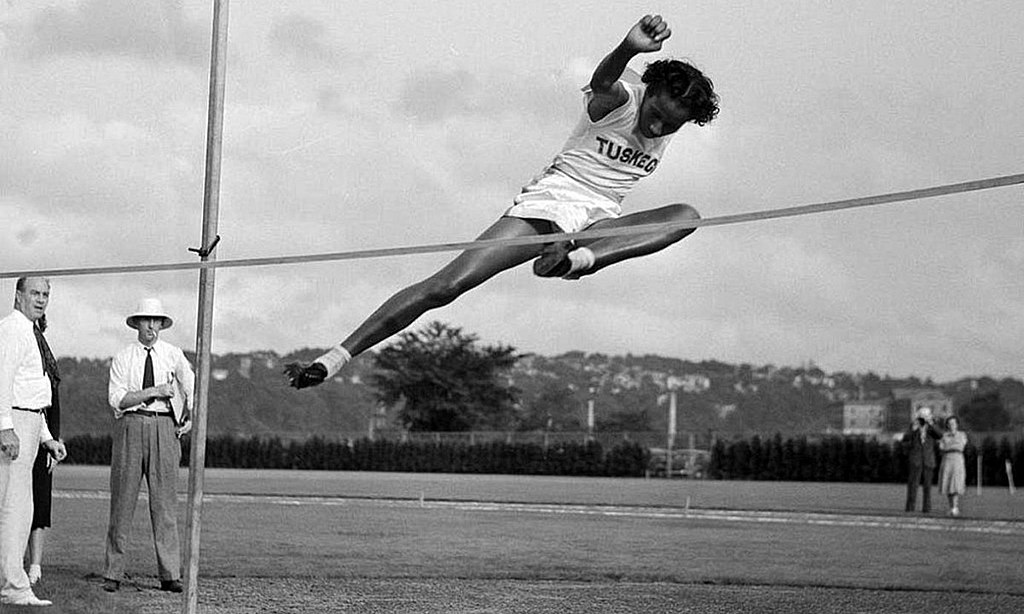
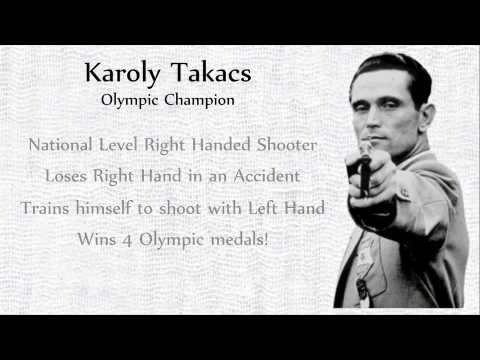
“The London Games were the last Olympics with art competitions.” Definitely a rabbit hole I will be going down in the very near future.
The more recent Olympic Games often (maybe always) have arts festivals attached but no more competitions.